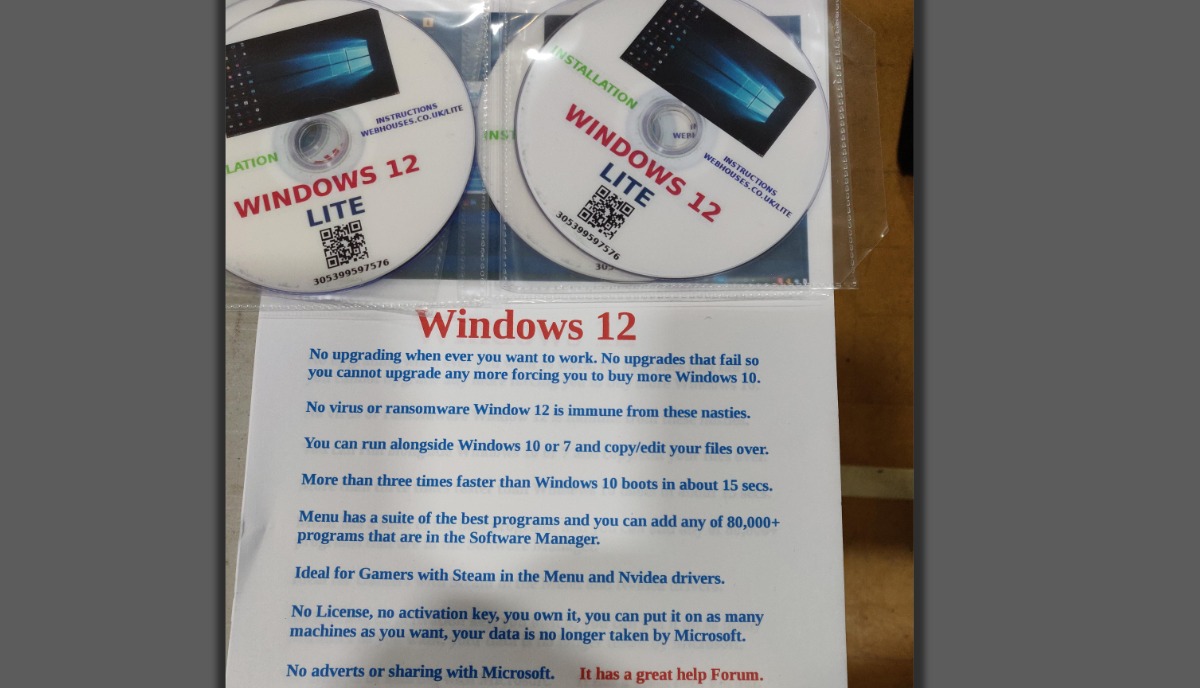
Step 1: With your spare PC, download the Windows Media Creation Tool and follow the steps to create installation media on one of your blank USB drives. If you don't have an extra Windows PC to create installation media, you can install Windows first before installing Linux (though you may need to fully defrag your hard drive to create a partition for Linux). This process works for Windows 10 and Windows 11, but we'll be using Windows 10 for our example. If you have multiple hard drives for dual booting, you can allow Windows to take up the full space on your hard drive.

Instead of allowing Windows to take up all of the space on your hard drive, you'll allocate it a partition. For dual booting, the process is largely the same minus one key difference. We have a full guide on how to install Windows 11, so make sure to keep that handy if you need extra detail. The first step is to install Windows, assuming you're starting from scratch.

We'll be using the beginner-friendly Ubuntu for this tutorial, but make sure to check out our list of the best Linux distros if you want to try something different. Linux is ideal for developers and tinkerers, offering a wealth of open-source software and customization options.


 0 kommentar(er)
0 kommentar(er)
